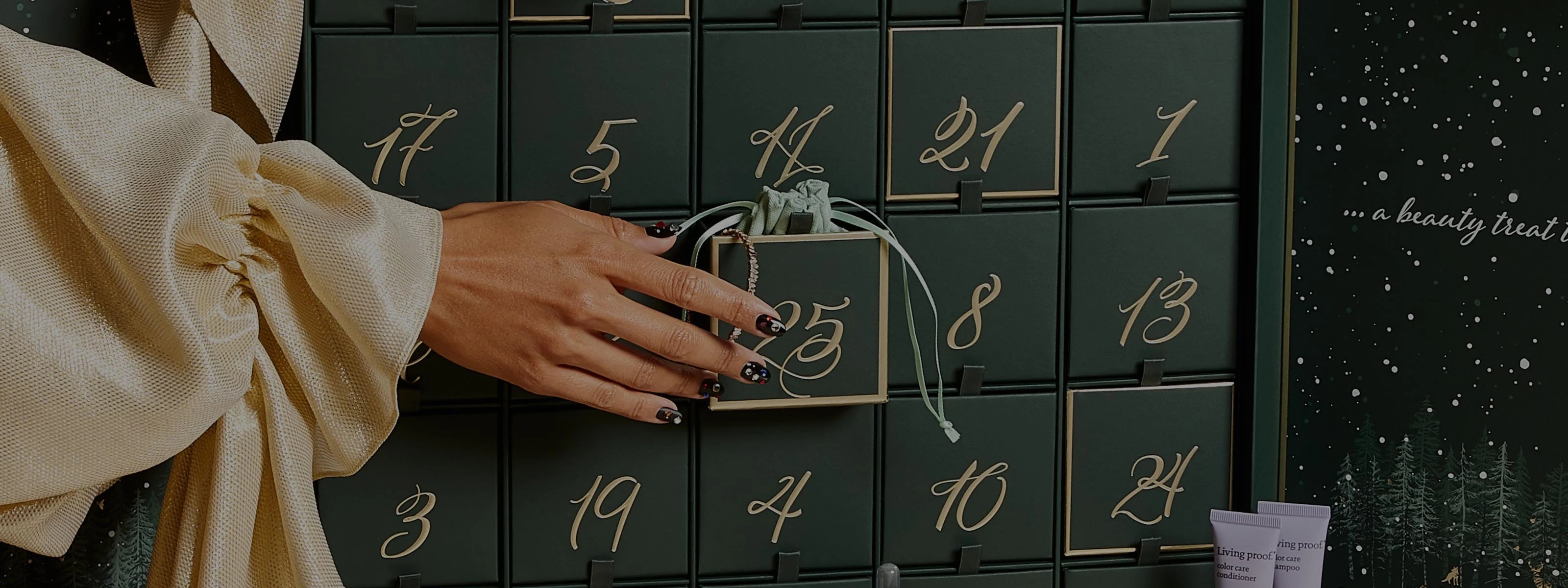
I’ve always said that these posts every year serve as a “digital Advent calendar,” counting down the days before Christmas. Counting down to an anticipated result is somehow ingrained into all of us. We light the Advent candles to mark the passing days before Christmas, as the time grows shorter as the candles do. A week after Christmas we count down to midnight on New Year’s Eve, sending away the old and greeting the new. We count down the days toward birthdays and anniversaries, vacations and milestones, and we count down the years until adulthood, until middle age, until retirement. Life may always move forward, but we also experience it as a shrinking number of units until the next big thing.
This year we are experiencing a countdown that, with all due respect, dwarfs Christmas, and Santa, and all things Yule. Today we wait, counting the days for an effective vaccine to reduce and ultimately rid our world of this scourge and bring us back in touch with one another. Most believe that this relief is coming, but unlike waiting for the predictable joys of Christmas, this is a countdown fraught with uncertainty and fear that hope can barely overshadow.
One of the great uncertainties of this new advent is time. Though the favorable reports on vaccines are encouraging, and we are told that progress is “ahead of schedule,” no one is saying with any authority when this “soon” may be. Obviously distribution won’t happen in 2020 (why would we expect something so good in this cursed year?) but when in 2021 remains a mystery. The problem with a countdown to a moving point is that there can be no relaxing into the monotony of the wait. Advent is a reassuring time because twenty-three days before Christmas is always twenty-three days. There is no sudden shift when we discover that Christmas will be another week, another month, not this year. We are waiting for a good day, but few dare to suggest when it will be. So our wait is indeterminate and therefore edgy. I wonder if people would be more likely to adhere to protocols if the vaccine date were concrete. Most would gladly “sacrifice” a few weeks for a promised ending, but we started giving up a few weeks nine month ago, and our advent calendar keeps having days stapled on to the bottom.
Not only is the duration of the wait uncertain, the outcome of the journey is equally tenuous. We live recognizing that nothing is guaranteed, but we trust that Christmas Day will come with its accompanying joys and insanity. However, the vaccine and its accompanying relief is far from guaranteed. The coming savior may not prove as effective as hoped. The distribution patterns may not truly address the need. There may be unexpected side effects. Now, I must be very clear. I absolutely support vaccine therapy. I will be vaccinated on the first day I am able, but blind optimism makes no more sense than irrational fear.
Finally there is the fear of the cost of the passing days. Most of us believe that the vaccines will bring some relief, but what is the bill to be paid in the meantime? As numbers of cases and deaths climb, one can’t help but wonder who will not make it though this ghastly calendar. What Moseses will see, but not make it to the promised land? What will be the economic costs, and in what ways will we and our world not recover from ills that no vaccine can cure?
It’s a different type of calendar, the COVID calendar, but like with Advent we have no choice but to wait with uncertainty, but with expectation and hope.
Be safe, be strong.